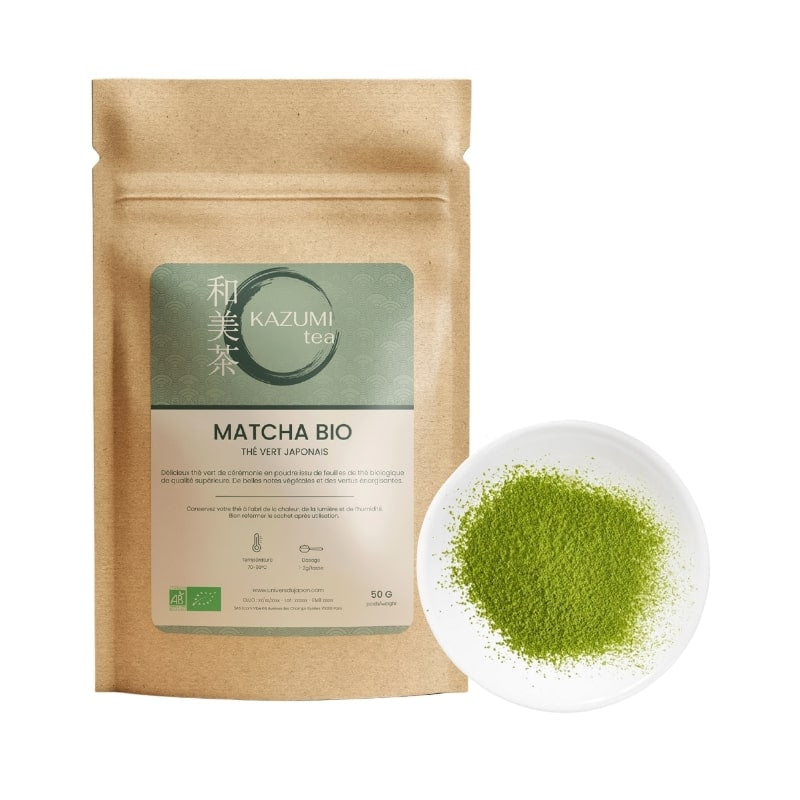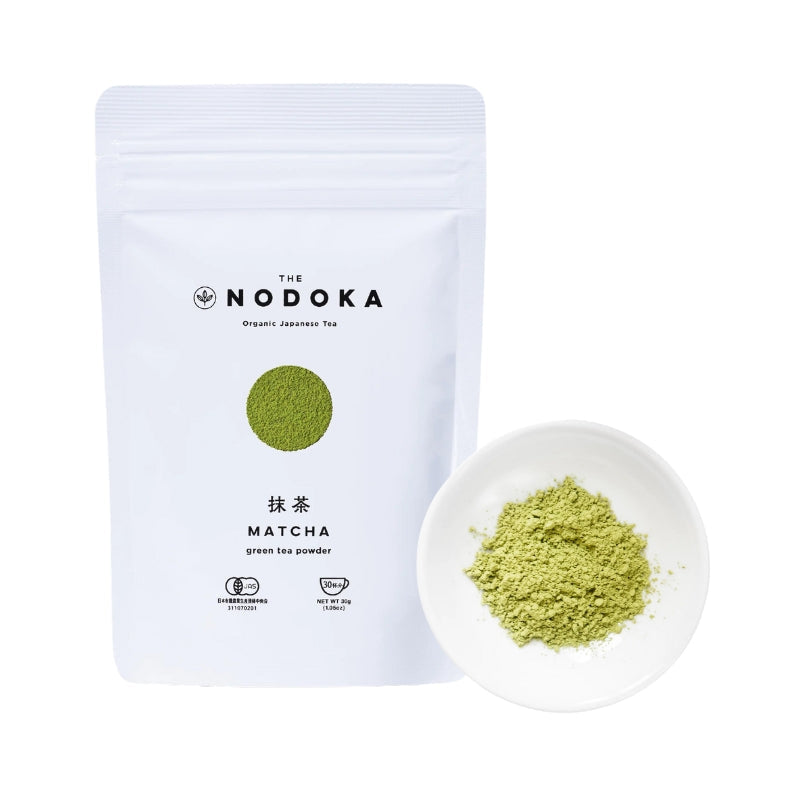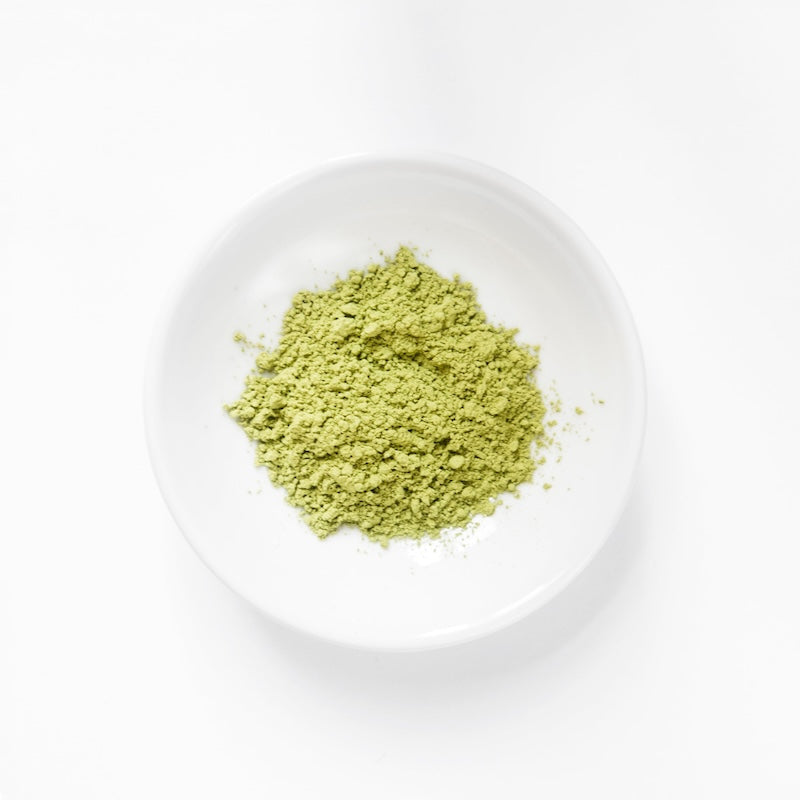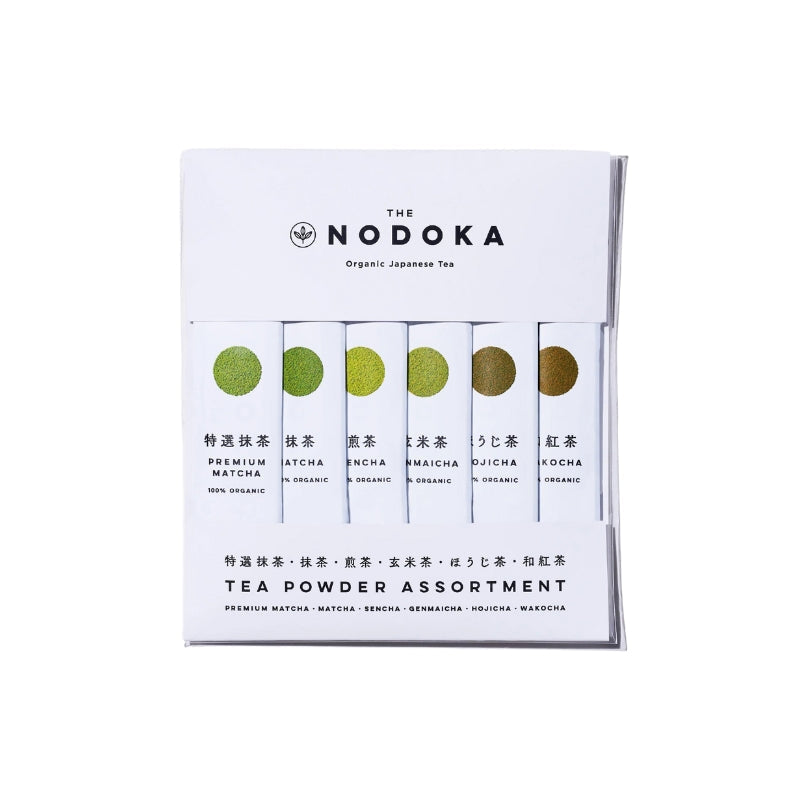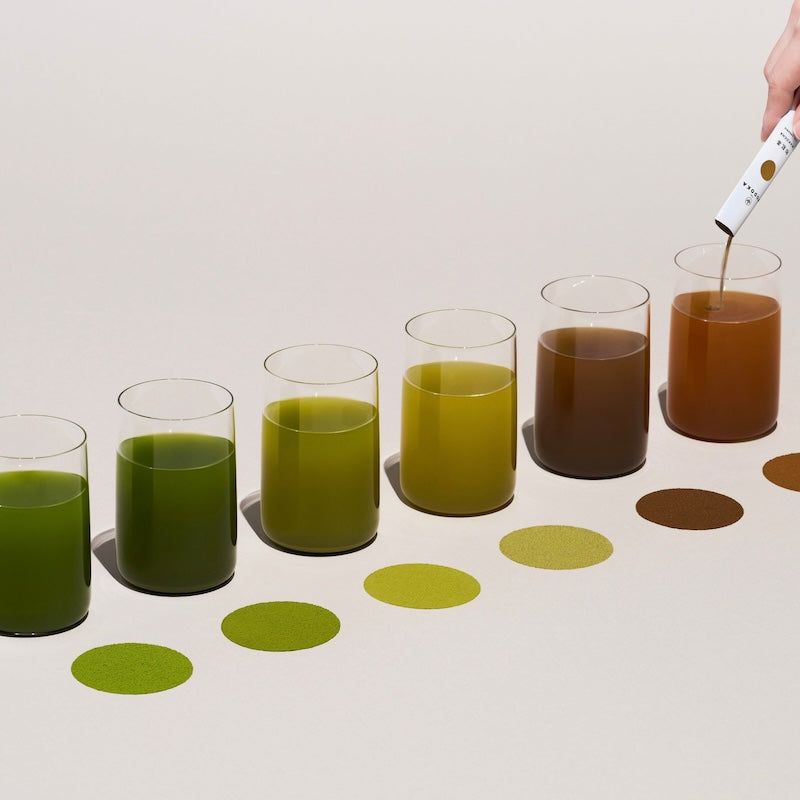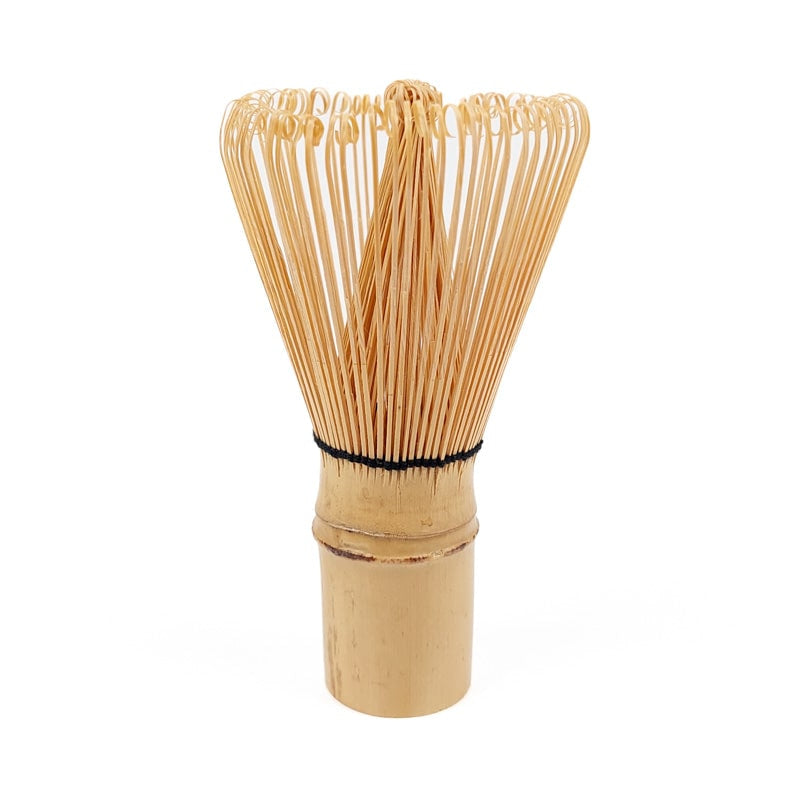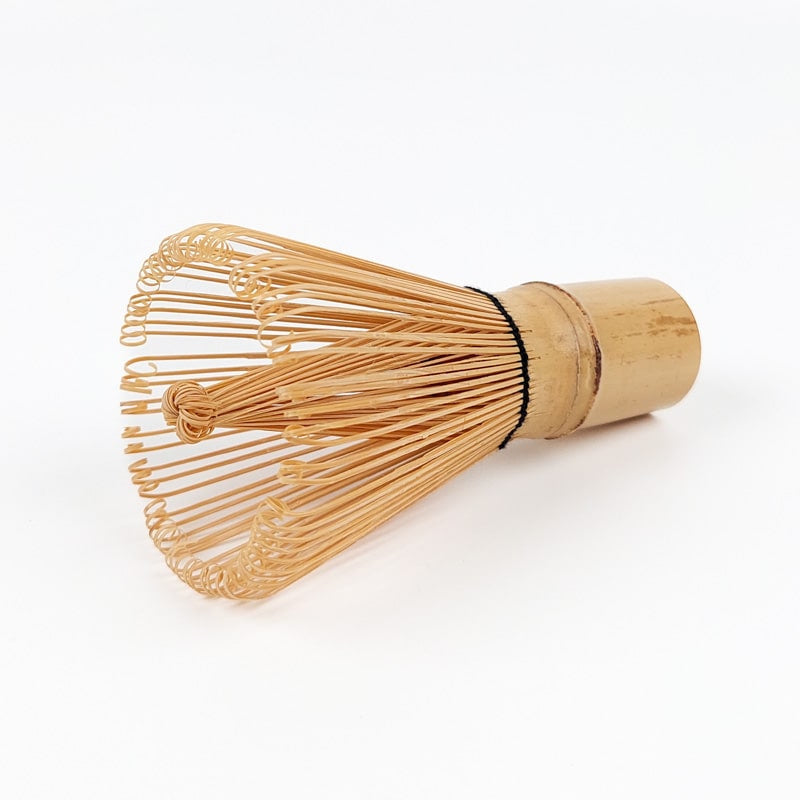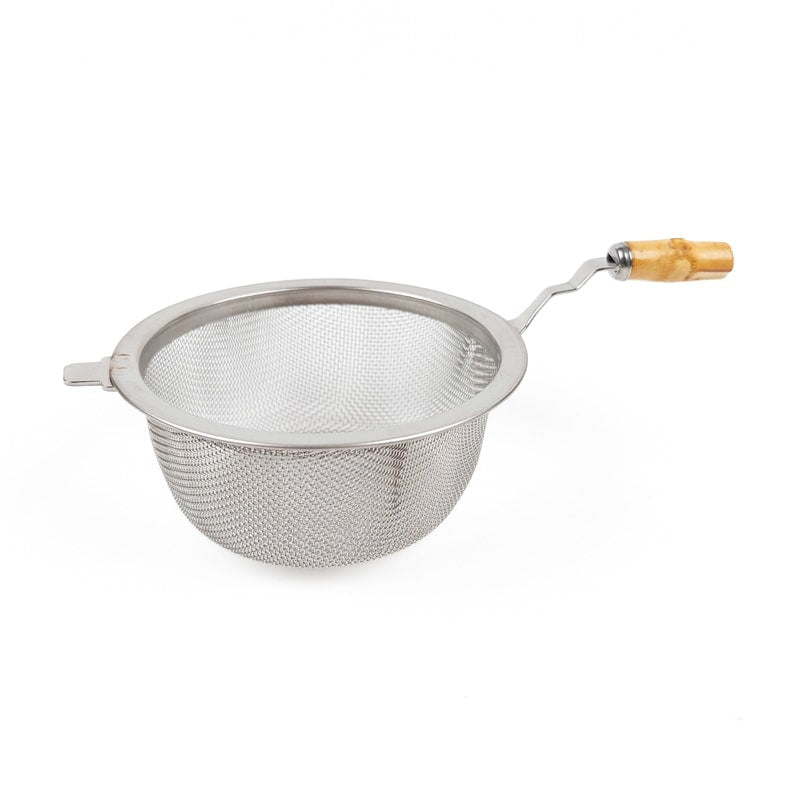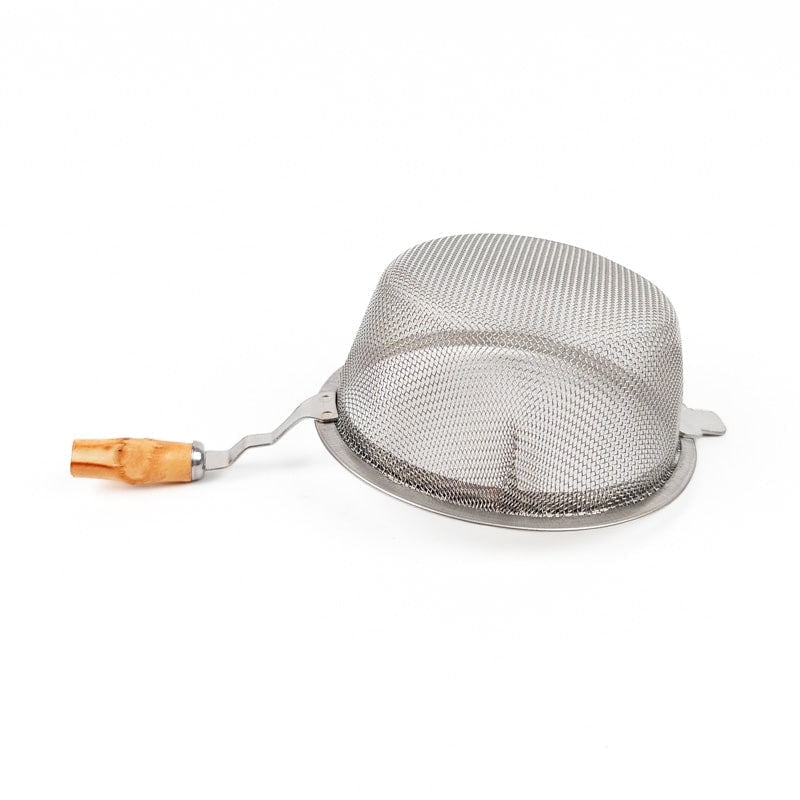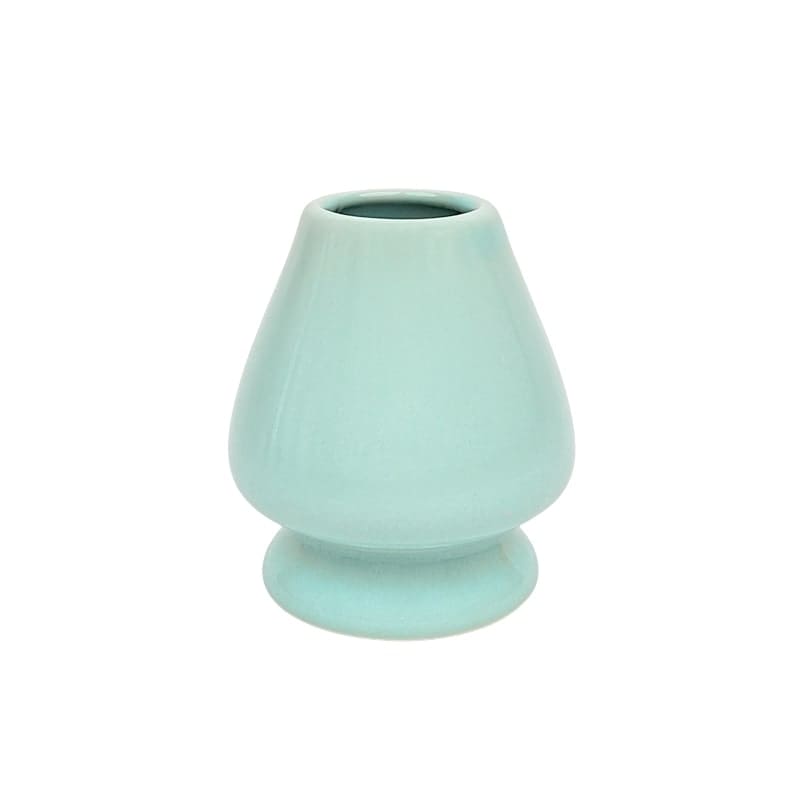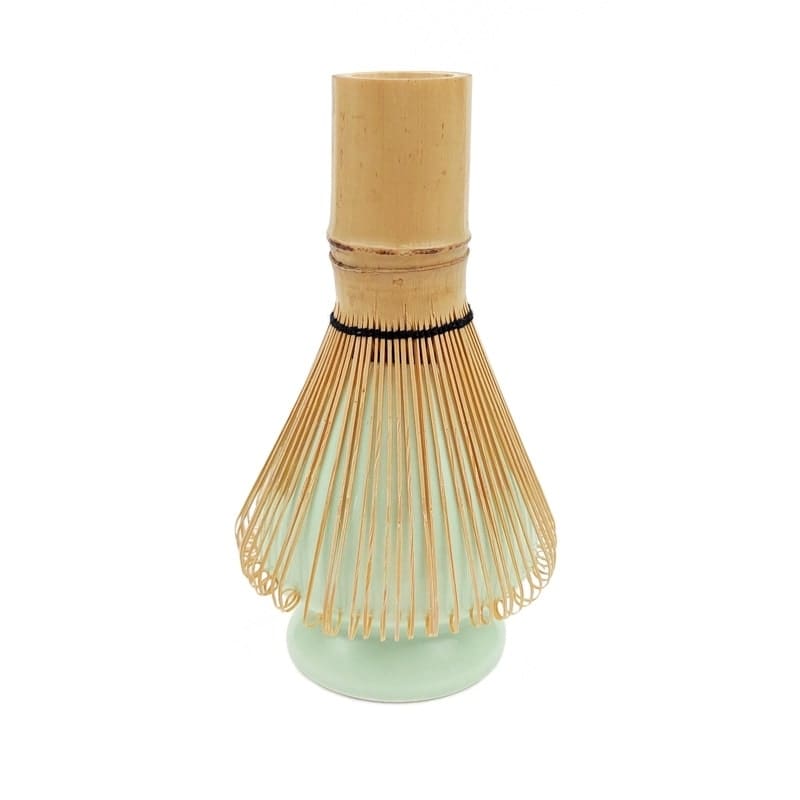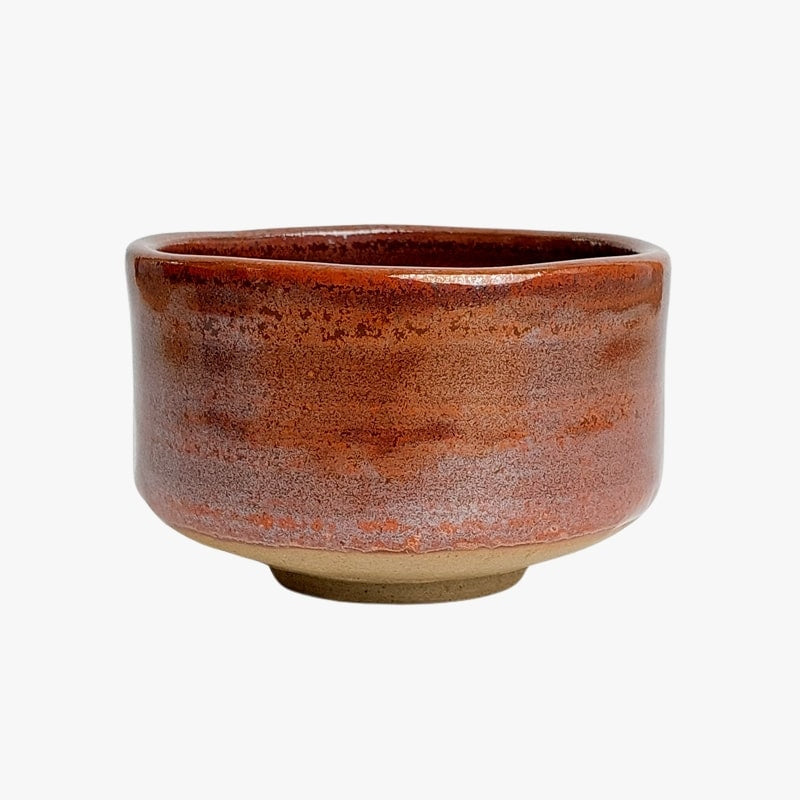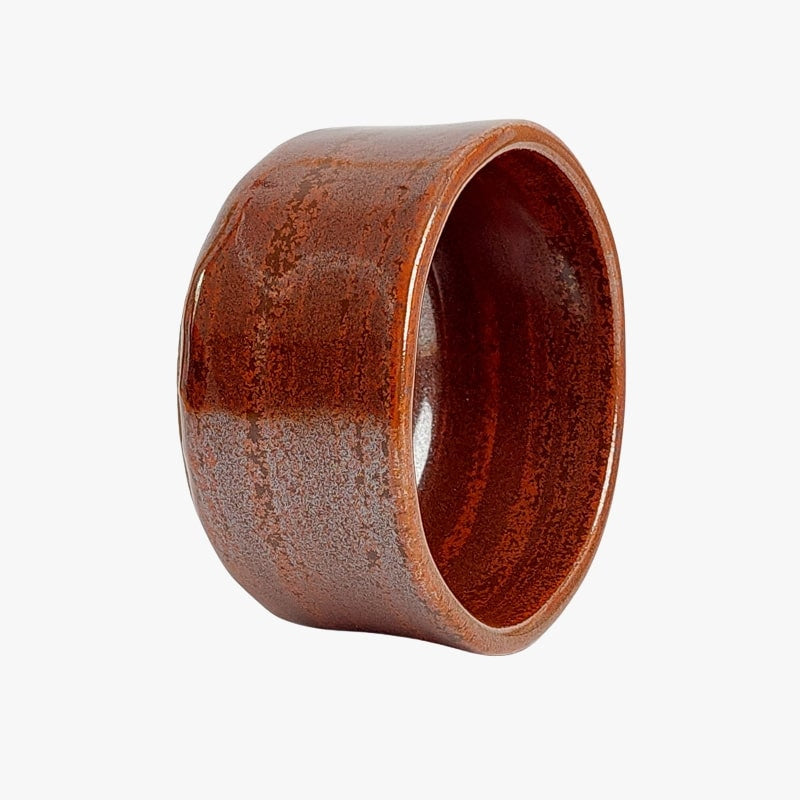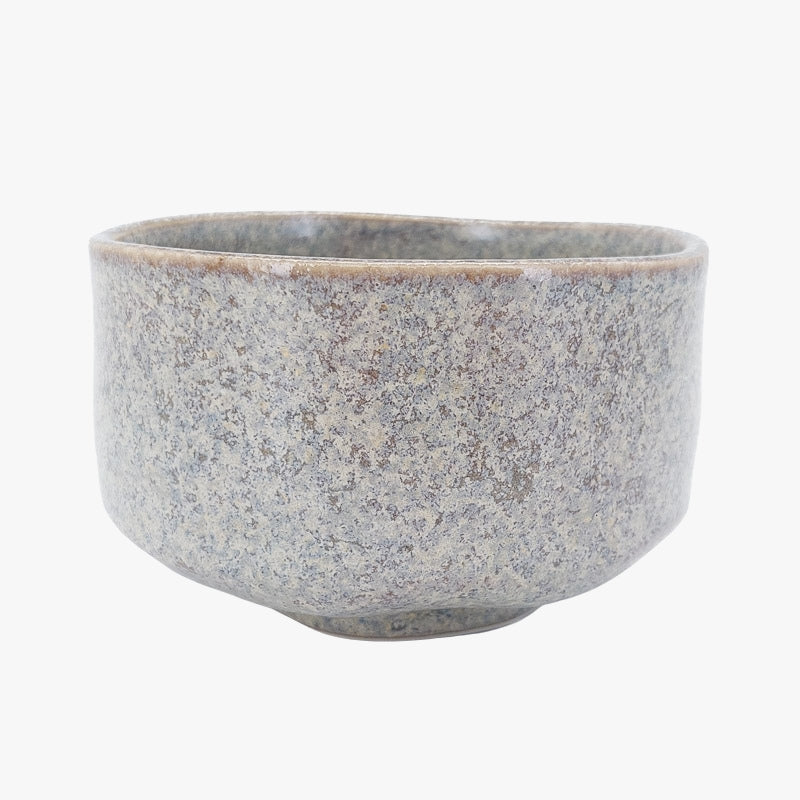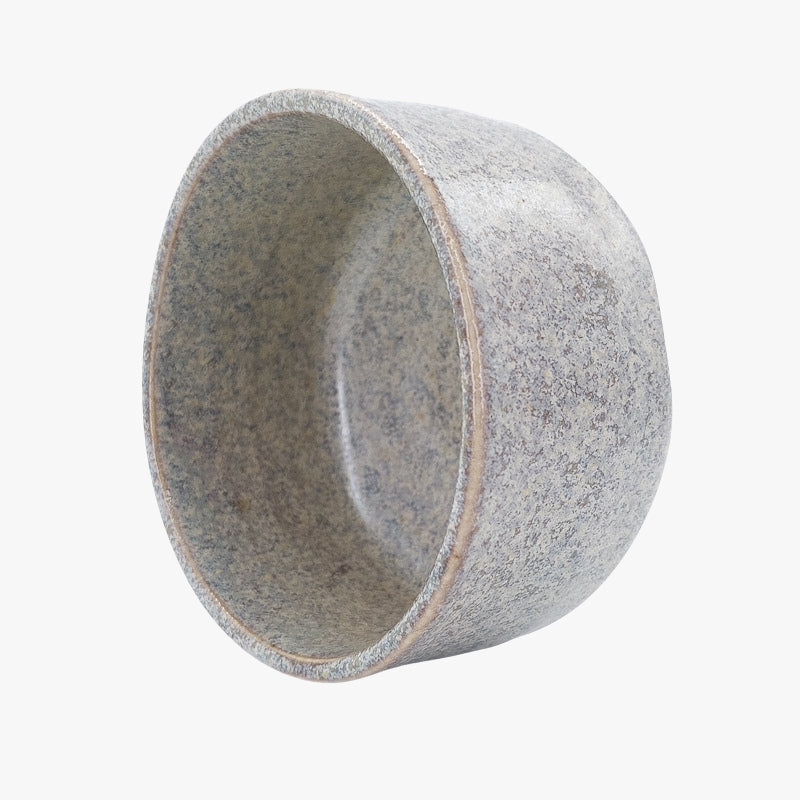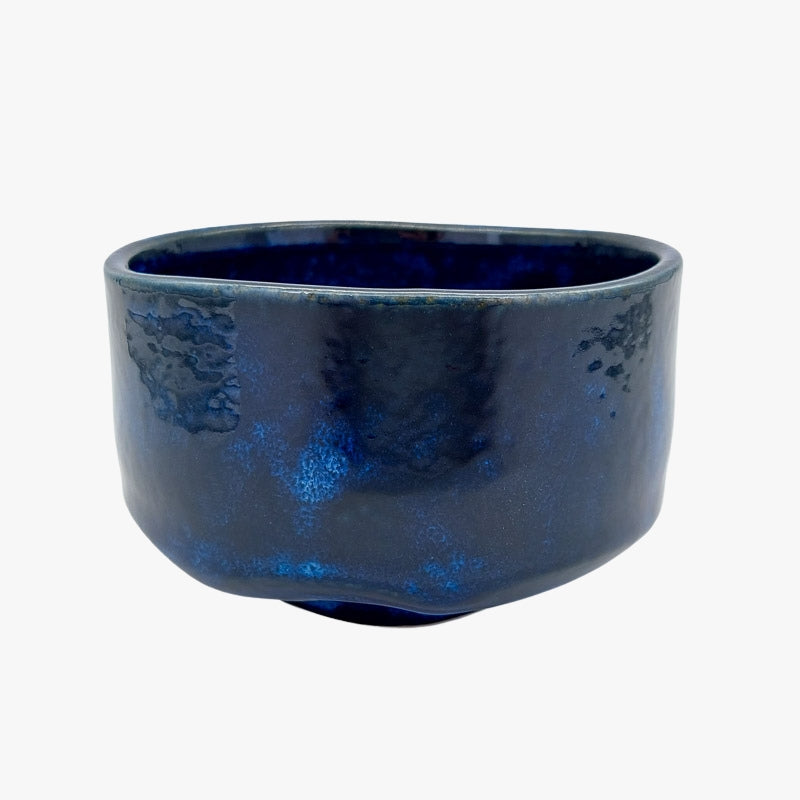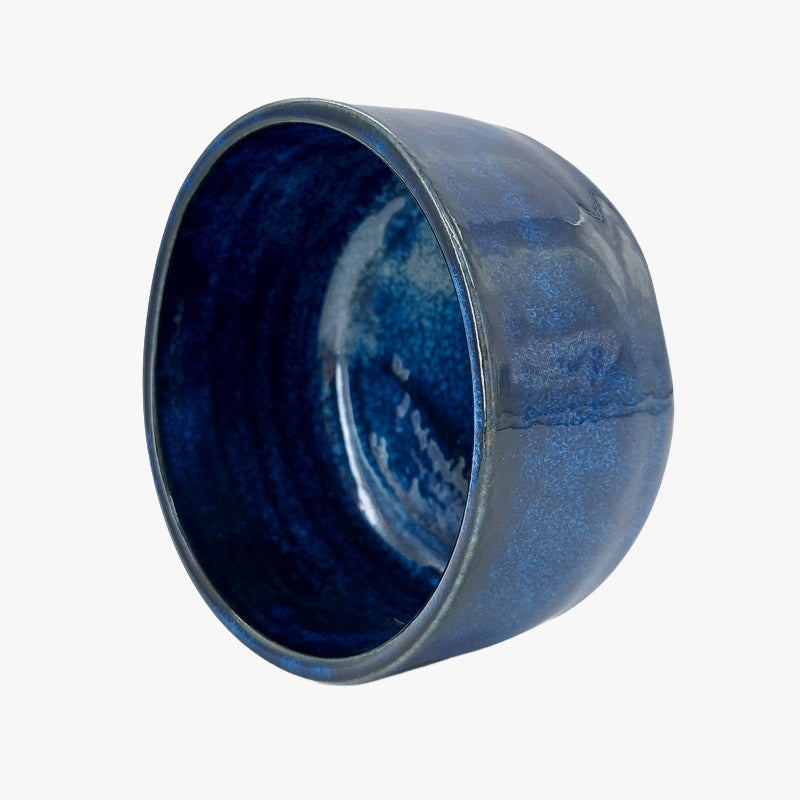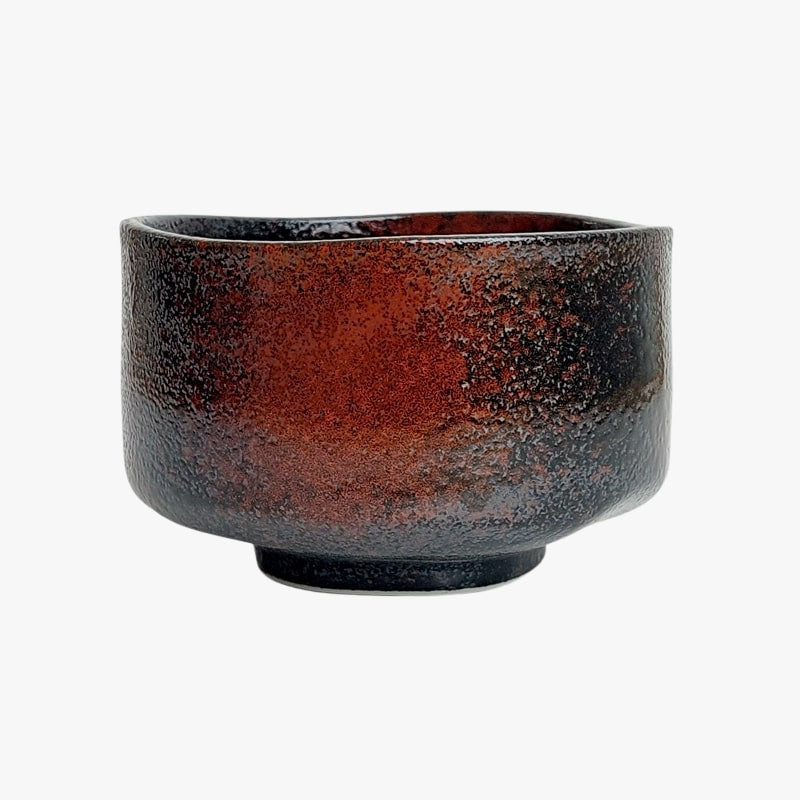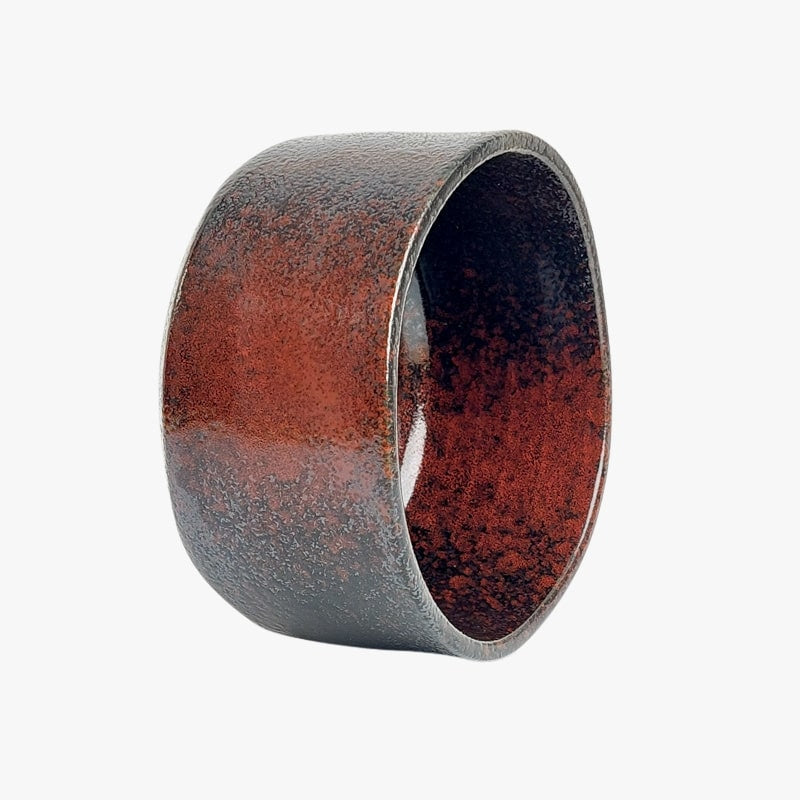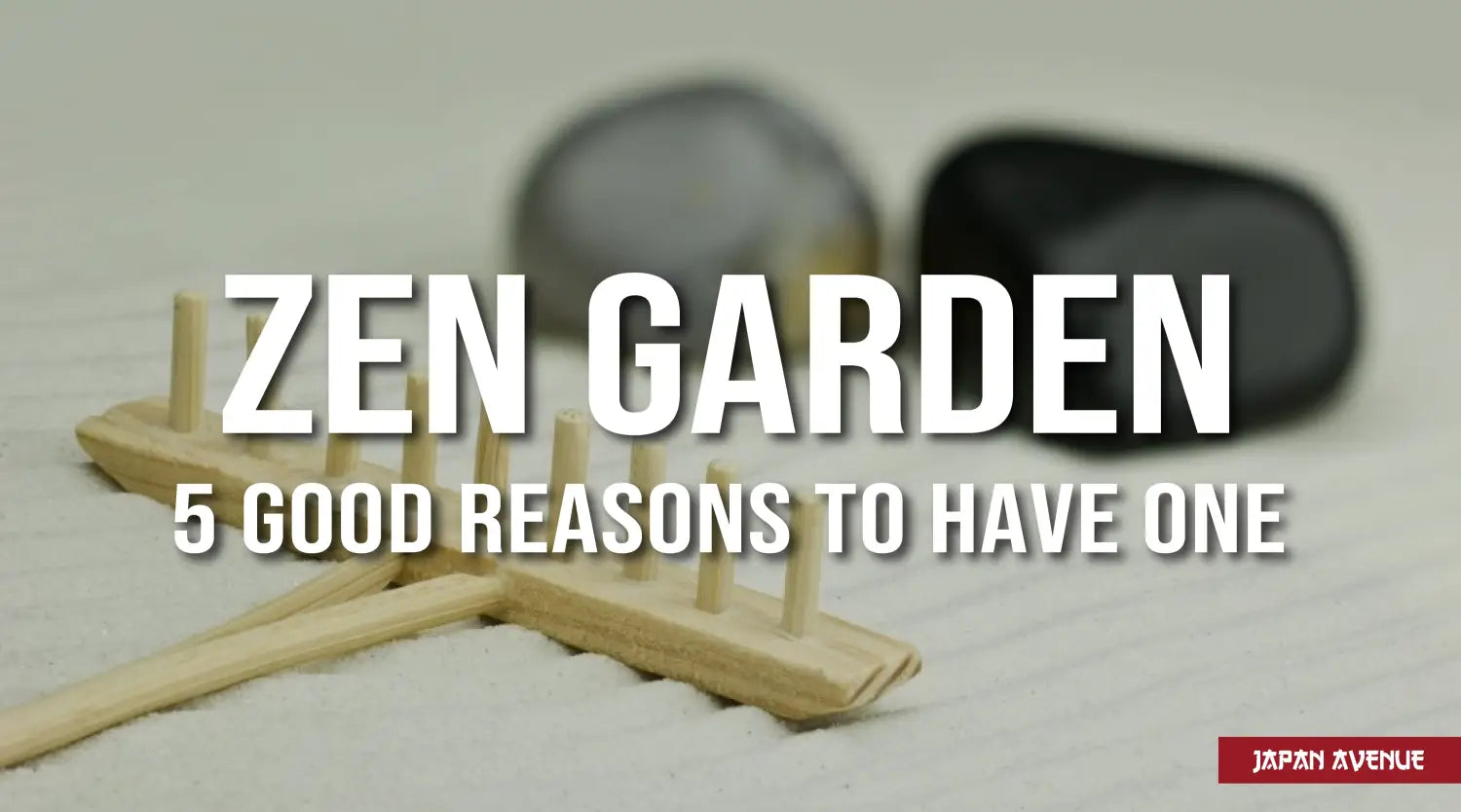For a simple and short explanation of the tea ceremony, we might say that it is an extremely codified ritual during which a small group of people enjoy a bowl of matcha tea 🍵 carefully prepared by a tea master. However, stopping at this definition would be very limiting.
The tea ceremony is called Chanoyu in Japanese, which literally means "hot water for tea". This cultural ritual stems from something much larger, a philosophy and discipline known as Chadô or ''The Way of Tea''.
To truly understand what the tea ceremony is, please check out this article. By discovering the tea history of Japan, the founders of the ceremony and the principles of the Way of Tea, you will be able to grasp the full scope of this traditional Japanese art and better understand the Japanese mentality. Enjoy reading! 😊
History of the tea ceremony in Japan

Before getting into the heart of the matter, it is useful to take a step back in time to understand where tea comes from, what role it plays in Japanese culture and how it has evolved over time.
Let's start by borrowing a time machine and returning to the 4th century. At that time, the first tea seeds were introduced to Japan by Chinese Buddhist monks (the two countries were on very good terms at the time and thus favored trade).
When Japan started to grow its own tea plants, the consumption of tea was mainly reserved for Buddhist monks for medicinal purposes. Soon after, tea was adopted by nobles and samurai who used to drink a cup of tea every time they went to a monastery. Until 1192, tea was a rare and precious commodity.
In the 12th century, matcha tea - a powdered green tea - was first produced in China. It was the monk Myoan Eisai, founder of Zen Buddhism, who introduced matcha tea to Japan after a trip to China to study philosophy and religion. Eisai was the first to claim that drinking tea was an effective remedy against diseases. Matcha tea was very successful in Japan and gradually replaced ordinary green tea.
It was not until the 16th century that tea drinking became widespread at all levels of Japanese society. At the same time, three monks established the foundations of the tea ceremony which, until then, still responded to Chinese rules and formalities.
Murata Shuko (1422-1503), called the father of the tea ceremony, was the first to make a parallel between tea tasting and meditation. This Zen Buddhist monk devoted his life to learning and perfecting the tea ceremony. Thanks to this monk, the richly decorated utensils of Chinese origin were replaced by simpler utensils. This concept was taken up by the monk Takeno Jô (1504-1555).
Then, the major concept of the tea ceremony was developed by the most renowned tea master, Sen No Rikyu (1522-1591). He wrote the four main principles of this ritual: Wa for harmony, Kei for respect, Sei for purity and Jaku for serenity.
So far, the history presents the tea ceremony as a ritual practiced by men, monks and samurai. But why is it that the first image that comes to our mind when we talk about this ritual is the image of a woman or a geisha? It was during the Meiji era (1868-1912), when the warrior class was gradually disappearing, that the government decided to give a new lease of life to chanoyu by including it in the school curriculum of young girls and in the apprenticeship of maiko for becoming geisha. In Japan, the principles of the tea ceremony are still studied, especially in the three chadô schools founded by the three great-grandsons of Sen No Rikyû. Today, tea ceremony masters are more likely to be women than men.
The way of tea

The way of tea, or chadô, is often confused with the tea ceremony. The latter could be simply defined as a moment of sharing based on humility and pleasure, while the way of tea refers to a broader concept, a discipline or a way of thinking.
Originally, the tea ceremony originated in China and was adopted by the Japanese along with the drink. However, the Chinese ritual was very sophisticated with richly decorated utensils and, for Sen No Rikyu, this luxury did not correspond to the Japanese mentality. He somehow "Japaneseized" this ritual by basing it on a new principle, called wabi or elegant simplicity.
« Tea is nought but this: first you heat the water, then you make the tea. Then you drink it properly. That is all you need to know. - Sen No Rikyu » - Sen No Rikyû
The way of tea allows one to understand the Japanese state of mind, to grasp the essence of Japanese culture, a world where supreme refinement meets extreme simplicity.

It is both an art and a philosophy, one of the many paths that exist to reach fulfillment and spiritual serenity. Although the way of tea is not strictly speaking religious, it cannot be dissociated from the Zen philosophy.
To conclude, learning chadô allows to open up to the many other ways of accomplishment, other art forms that lead the human being on a spiritual journey. For example, the tea ceremony involves the art of flower arrangement, the art of ceramics, the art of calligraphy but also the art of gastronomy, architecture and clothing. You will understand what we are talking about in the next part of this article.
« To quench one's thirst, one must drink water. To dispel one's worries, wine is salutary, but to clear the mind, tea is incomparable… » - Lu Yu
Where does the Japanese tea ceremony take place?

The tea ritual in Japan takes place in a modest pavilion (chashitsu) located in the center of a garden. The room in which the ritual takes place is not very big, it measures about 7,5m² (four and a half tatami mats). The entrance door (nigiriguchi) is very low and forces the guests to bend down to enter, as a sign of humility.
In the pavilion, the décor is sober and uncluttered, but carefully prepared by the host before the arrival of his guests. In an alcove (tokonoma), a scroll of parchment (kakemono) is hung on the wall next to a flower arrangement (chabana) placed in a ceramic vase. These two elements should be in harmony with each other and with the season. The scroll can be a calligraphy, a painting or a poem and allows to announce the theme of the ceremony to the guests.
Matcha tea

As you may have understood, no tea ceremony without matcha tea.
Matcha tea, as mentioned earlier in this article, is a green tea that is crushed between two stones to form a powder, but it is way more than just an ordinary green tea.
A few weeks before the tea leaves are harvested, the bushes are covered to protect them from the sun. The leaves, deprived of light, become smaller and darker as they are enriched with chlorophyll and amino acids. This step softens the natural bitterness of the tea. After harvesting, these leaves are called tencha. They are steamed and then slowly and finely crushed to obtain a fine powder known as matcha.
The matcha tea powder is whipped with hot water in order to obtain a frothy drink, quite different from ordinary green tea drinks obtained after infusion of the leaves.
How does the ceremony take place?

To properly conduct the ceremony, the tea master has to follow the seven rules of the way of tea, dictated by Sen No Rikyu:
- Make a satisfying bowl of Tea
- Lay the charcoal so that the water boils efficiently
- Arrange the flowers as though they are in the field
- Provide a sense of warmth in the winter and coolness in the summer
- Be ready ahead of time
- Be prepared in case it should rain
- Act with utmost consideration toward your guests
The full version of the tea ceremony can last up to 4 hours. This ritual is meant to be intimate, and therefore the master of ceremony will never invite more than 5 people at a time. The process of a ceremony can be different depending on the region, the season or the time of day, but it generally follows about the same steps.

First of all, it is important to know that the host and the guests are supposed to wear a kimono (or at least a sober outfit for the guests). Traditionally, guests are expected to carry a small fan (sensu) and traditional Japanese paper (kaishi).
Step 1: Guests are welcomed at the entrance of the garden by the host (or tea master) who silently greets them. They walk along a small path to the tea house and halfway along the path, guests are asked to wash their hands and rinse their mouths at a small spring of clear water to purify themselves from the outside world.
Step 2: Guests wait for the host to signal them to enter the pavilion. To enter, guests pass through a very low door, forcing them to bow as a sign of humility and respect for the host. Shoes are, of course, left outside. Once inside, the guests can admire the sober decoration set up by the host before their arrival. After having taken the time to observe the room and to feel the calm and the harmony which reigns in there, the guests will kneel down on the tatamis. They place the closed fan in front of them, parallel to their knees, in order to delimit their space.
Step 3: In the full version of the ceremony, the master serves a light meal (kaiseki) that ends with pastries and sweets (wagashi). The guest uses kaishi paper, a thick piece of Japanese paper, to hold the pastries.
Step 4: Now the heart of the tea ceremony can begin. The master brings the utensils needed to prepare the matcha tea and arranges them around him. While the water is heating in the cast iron kettle (kama), the master symbolically cleans the utensils with a silk cloth (fukusa). No one speaks, only the sound of the utensils can be heard. The master rinses the tea bowl (chawan) and the bamboo whisk (chasen) with hot water.
Step 5: Using a bamboo spoon (chashaku), the master takes matcha tea powder which he puts in the bowl. He then adds hot water and whips the mixture with the chasen to obtain a frothy drink.
Step 6: Once the tea is prepared, the master will present the bowl to the guest of honor. The latter takes the bowl with both hands, greets the second guest and raises the bowl towards the host as a sign of respect. Note that the bowl is an important element in the ceremony. Made of ceramic, this object has a decorated side and a neutral side. Before drinking, the guest must turn the bowl in his hands so that the decorated side is seen by everyone. Drinking from the decorated side is a mistake not to be made. Once the guest of honor has taken three sips, he passes the bowl to the second guest who follows suit. The bowl is passed from hand to hand until all the guests have taken three sips and then returns to the hands of the first guest. The first guest takes the time to admire the bowl, its shape, its designs and its imperfections before returning it to the master.
Step 7: The master carefully washes the utensils and presents them one by one to the guests. The guests can then admire the elegant simplicity of each utensil and ask to know more about its origin.
Step 8: The host leads the guests outside and greets them in silence. To finish, he unties the flower arrangement, takes down the scroll and makes sure the place is clean. The end of the tea ceremony.


